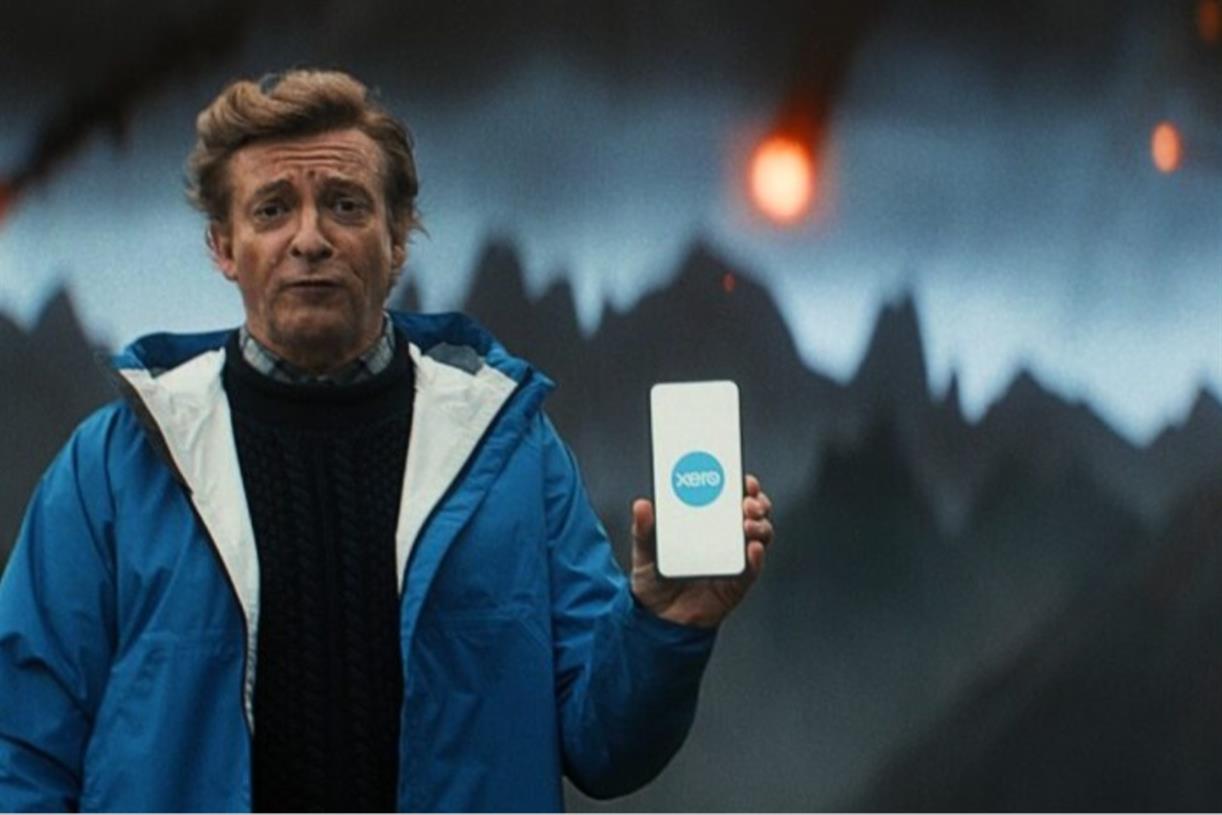A Checklist to Help You Establish Your Brand Identity
Building a strong brand is important to survive economic hardships or algorithm updates. This checklist will help you cover all the bases. The post A Checklist to Help You Establish Your Brand Identity appeared first on DigitalMarketer.


Creating a memorable brand takes a lot of time and effort. What do you need to start seeing results from your brand-building efforts? Well, there’s plenty of work to be done to set up the foundation. Here’s your checklist for establishing a memorable brand identity:
1. Find a Catchy Name
This is the first – and crucial – step in creating a solid brand. Re-branding can be a nightmare, so it is very important to make a good choice from the very beginning:
Your name should trigger niche associations for your customers to easier remember you and what it is you вoAvoid any negative connotations that can result from professional niche jargon, slang or local dialectApart from that, your brand name should avoid breaking any trademarks or causing confusion with other brand names. Mind that if your domain name includes any trademarked terms (like Google or Twitter), you may also have trouble monetizing it with ads as many advertising networks prohibit that
You should also steer clear of names that are too generic as you may have trouble ranking your site for those. Of course, Apple can get away with that and rank #1 when people search for [apple], but few businesses can hope for that result.
It is very hard to make Google aware that your site is a brand if it’s a generic term, so you will be forced to pay for ads to appear on top of your own branded search.
Another good idea is to stay away from terms that trigger “spelling error” suggestions in Google. It may take quite some time to convince Google that your name is actually not a misspelling but your brand or business name. Check out these brands and the misspellings people use to search for their brand names:
Hyundai: Hundai, HiundaiGillette: Gillete, Gilette, GileteLamborghini: Lamborgini, LamboginiHennessy: Hennesy, Henessy, HenesyVerizon: VerisonFedex: FedxSriracha: SirachaNutella: NutelaThe only way to force Google to remove this proper spelling suggestion is to gain a considerable search volume of people typing your brand name in the search box. This may take years.
To get some brand name ideas, use Namify that uses artificial intelligence to suggest catchy names in any category. Take a look at their business names to get an idea of what the tool is able to do.
Once you choose your name, make sure to Google it to see if there are any strong brands already ranking for it or if there are any associations you’d want to stay away from. It is also a good idea to check Urban Dictionary to make sure your brand name won’t cause any trouble.
Finally, use Text Optimizer to research your niche associations and come up with more terms and concepts that may be part of your future brand name:
2. Define Your Visual Identity
Human beings are extremely visual: We think and remember pictures and colors. As much as half of our brain is devoted to vision: It takes us 150 milliseconds to recognize a symbol and 100 milliseconds to associate it with something we know.
Creating a visual identity is very important for any brand’s recognizability.
A brand’s visual identity consists of:
Color paletteLogoFontsThe combination of the above three elements make up that visual representation of your brand that is supposed to make it more memorable and recognizable. Obviously, you can tweak and change your visual identity over the years but making too drastic changes is not recommended because you’ll lose your brand’s recognizability.
Long time ago, I wrote on color psychology and while it is a much deeper and more controversial topic than can be fit within one article (or within one book for that matter), it may give you some hints on which color you want to go with:
More often than not, a logo includes both the font and some parts of the branded color palette, so it is often the fundamental part of your brand’s visual identity.
With that in mind, I suggest that you start with your logo.
Namify, mentioned above, generates a logo for any name you choose which will give you some foundation to build upon:
If you are not sure what your brand is going to look like, a branding workshop is a good idea. A branding workshop is a collaborative effort which aims at defining what your brand represents and how that should be reflected in your brand’s style.
I always check Google Images when I am struggling with my logo concept. Google Images work great for finding visual associations with any word. When searching Google Images for any word, keep an on the top row where Google is trying to suggest you broaden or narrow your search to related visual concepts. This is a great help in the brainstorming process!
If you have funding, you can hire an in-house developer to help create your website, but if you’re a startup or bootstrapped, you may want to consider using one of the website builders mentioned here to create a cohesive look and layout.
From there, use social media graphic creators that allow you to create and store your brand’s visual elements (logo, colors, fonts) within your “Branding Kit”. This way your team will be able to use your logo and colors from visual to visual creating a consistent brand image across all your marketing channels (your own site, social media, email marketing):
Online video creation tools like Movavi allow users to maintain brand consistency by using watermarks and branded colors.
3. Create Your Brand’s Communication Policy
You are not going to be the only one talking about your brand and telling its story. You will have copywriters, customer support, sales and social media marketing managers talking to your current and potential customers on your behalf.
You need clearly defined guidelines on what they can and cannot say when representing your brand:
Describe what kind of behind-the-scenes pictures you want publicized onlineForbid using jargon or slang on your public or private communication channelsList all the terms and names your employees should be using to refer to your products. It is often that products are called differently internally from what they are named in public. This may create confusion and diffuse your brand.Mention your content creation policies: What you don’t want your team to include in their content, which topics to avoid and what to keep in mind. These policies should apply to both your brand-owned content and your guest posting process.If your team is into email marketing (or planning to start a newsletter), make sure you add a section on GDPR policy compliance. Specifically, you need to obtain an explicit consent from your customers that they want your business to contact them.Include crisis management steps, i.e. how to deal with unhappy customers or bad press. Your employees are only humans. They can get emotional and bring this emotion to the public when they reply to comments they think are unfair. You need to make it clear that your brand should always be represented consistently and professionally.Warn your content and social media managers to only use images that are explicitly allowed to be reused with commercial purposes. Platforms like Smart Photo Stock with images licensed for reuse with no limitations are best.Create a section for your advertising policies to ensure consistent tone. Note that different platforms may have unique advertising policies and your team needs to be aware of those. For example, Youtube advertising doesn’t allow inappropriate language and controversial issues (like politics)Finally, take this test to ensure your business is ready for unified communications and showing you areas of improvement. Collaboration and remote working are two areas where internal communication policies are often failing but in today’s environment you cannot really do without either of those. So make sure your company has all the required processes and tools at hand.Narrato is a great tool that makes it easy for your marketing team to collaborate with one another as well as with freelancers or niche influencers while keeping your communication policies in mind. It keeps all the marketing content creation under one roof, allows you to create workflows, add editors and contributors and upload your style guides and communication policies.
Creating a consistent writing style is a great way to make your brand known. Make sure your visual identity is a strong part of your content marketing efforts. Make sure to create and embed well-branded images and videos within your content to design a conversion funnel using your blogging and social media marketing efforts.
4. Set up a Solid Monitoring System
Even with a strong foundation, there’s always a risk that something will go wrong. Any business has unhappy customers from time to time who are willing to make their frustration public.
There are many brands out there who shy away from social media and social listening because they think that active brands are running into a higher risk of a reputation crisis. However, gone are the days when customers were excited to find a brand on social media. These days brands are expected to be there responding and reacting through their official social media.
Falcon.io suggests, no matter your business goals, you should be listening to what people are saying on social media. Some things to tune in to?
The name of your brandYour competitorsKeywordsThe names of your boss and your boss’s bossInfluencersHashtagsWhether you are there listening or not, your current and future customers are already discussing you and your products. Being on social media won’t cause a crisis. But not listening can cause that crisis to blow up without you even being prepared.
Social listening is more than replying to customers on social media though. It has a lot more potential:
Find happy customers and re-publish their comments as social proof (make sure to ask them for permission to, of course)Identify social media influencers among your current or potential customers and start collaborating with themFigure out why your competitors’ customers are unhappy and avoid their mistakesIdentify most popular products or features of your products that people discuss most often on social mediaSpot where your products are lacking and fix errors without waiting for those errors to cause damage to your brand or reputationIdentify where your competitors’ products are weak and create better productsTurn unhappy customers into brand advocates by fixing their problems in real time.I could go on but I think you may already see the point: Social media listening is an essential part of any brand building strategy that should not be neglected.
Conclusion
Building a strong brand is important if you want your business to survive any economic hardships or Google algorithm whims. With a solid foundation, creating a powerful brand will be more effective and even faster. Good luck!

 Astrong
Astrong 










![How to Accept Payments Online [7 Top Payment Processing Providers]](https://blog.hubspot.com/hubfs/payment%20processing.jpg#keepProtocol)






















